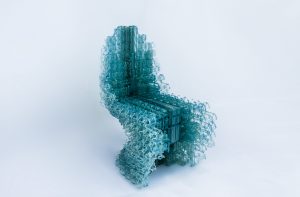//Daphne Lee
//15-104::1 (9:30am)-Section D
//daphnel@andrew.cmu.edu
//Project-02
var eyeSize = 20;
var faceWidth = 200;
var faceHeight = 200;
var faceInnerW= 150;
var faceInnerH= 150;
var nosePosX=50;
var nosePosY= 20;
var blush= 30;
function setup() {
createCanvas(480, 640);
}
function draw() {
//head outside
background(255, 230, 238);
fill(155, 155, 155);
ellipse(width / 2, height / 2, faceWidth, faceHeight);
//innerface
fill(256);
ellipse(width / 2 - 40, height / 2, faceInnerW/1.5, faceInnerH);
ellipse(width / 2 + 40, height / 2, faceInnerW/1.5, faceInnerH);
ellipse(width / 2, height / 2 +43, faceInnerW/1.5 +25, faceInnerH/1.7);
//eyes
var eyeLX = width / 2 - faceWidth * 0.25;
var eyeRX = width / 2 + faceWidth * 0.25;
fill(77,51,25);
ellipse(eyeLX, height / 2, eyeSize + 20, eyeSize + 20);
ellipse(eyeRX, height / 2, eyeSize + 20, eyeSize + 20);
//corner white eyes
fill(256);
ellipse(eyeLX-9, height / 2 -17, eyeSize/1.5, eyeSize/1.5);
ellipse(eyeRX-9, height / 2 -17, eyeSize/1.5, eyeSize/1.5);
//blush
fill(255, 204, 204);
ellipse(width/2 -50, height/2 +21, blush, blush/2);
ellipse(width/2 +50, height/2 +21, blush, blush/2);
//nose
strokeWeight(0);
fill(255, 204, 0);
ellipse(width/2, height/2 + 20,nosePosX, nosePosY);
}
function mousePressed() {
faceWidth = random(190, 250);
faceHeight = random(190, 250);
faceInnerW= random(150,165);
faceInnerH= random(150,165);
eyeSize = random(20, 30);
nosePosX = random(30, 60);
nosePosY = random(10, 40);
blush= random (20,55);
}
I started with an idea of a penguin in my mind. It was hard for me to try to get the beak down since I wanted to use a triangular shape as the base but I ended up with an ellipse. It’s quite similar to my first project in the way I used the shapes and tried to overlap them in order to get another shape that I wanted. Overall, I think the end result wasn’t that bad.
![[OLD FALL 2017] 15-104 • Introduction to Computing for Creative Practice](../../../../wp-content/uploads/2020/08/stop-banner.png)


